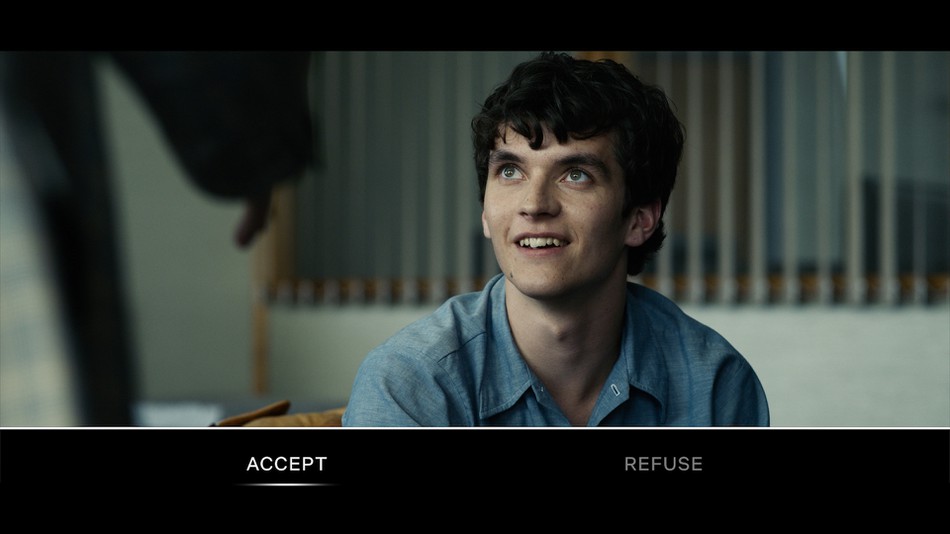Advanced TV: Choose Your Own Ad-Venture
Netflix recently released "Black Mirror: Bandersnatch," a hit drama praised for its innovative experience that allows users to shape the narrative and select how the story unfolds. The viewer watches as the main character encounters new scenarios and the viewer gets to decide what actions the character takes, which leads to different possible video sequences playing.

Based on its success, Netflix has already green-lighted more interactive videos.
This newfound level of consumer engagement can inspire the next generation of video ad formats and experiences, now made possible by combining identity with advanced television.
Imagine choosing your own adventure with a brand for a far more engaging video ad experience. Evolving from the “Which ad experience do you prefer?” ad format Hulu popularized, where users can select which video to play from a brand, this possible video ad format could prompt the viewer to decide what the characters in the video ad are to do and lead to new video options in future video ad pods.
How It Would Work
In the Netflix experience, a user is logged into their Netflix account and sits from the start of the adventure until the end without interruption. If the user doesn’t choose an action when prompted, a timer running ends and randomly selects for the user.
However, ads running in between parts of content and between distinct plays of content have a different, more challenging environment to operate. They have to consider questions like “is this the same user?” and “what action did the user take before?”
Today’s marketer and video platforms benefit from having cross-device identity graphs. By utilizing a persistent ID, the ad can keep track of if it’s the same user or household between ad plays and across devices. Without identity, this idea would never work, as you’ll often be stuck playing only the first part of the adventure as the interactive ad forgets choices and where the user is in the journey.
Now knowing who the viewer is, the video ad can play a few seconds of video at each pod and then prompt the viewer to make a decision or auto-decide after too much time elapses. Having options does, of course, mean the advertiser will now need to shoot many more video clips to cover all the possibilities, but if this sounds far-fetched and too futuristic, remember, Burger King pioneered this video production approach already for its Subservient Chicken video ad campaign in 2012.
An Example
Imagine a bank running an interactive video ad campaign. During a commercial break, the ad shows a character going up to pay for a retail purchase and the viewer is asked to choose between paying in cash or using the bank’s credit card. If the viewer chooses credit card, it plays a video of the character paying via credit card, which may highlight how many rewards points the character would get using the card and how easy it is to pay with the new contactless credit card.
If the viewer chooses cash, it plays a video that shows the character not having enough money and needing to now go to an ATM. In the next ad episode, it could then have the viewer choose between a sketchy ATM inside the store and the bank’s branch location, which is around the corner. If they choose the sketchy ATM, the character can withdraw cash while the commercial highlights the bank’s fraud protection or no ATM fees. If they choose the branch, it can highlight new services at the branch or other benefits for the character.
This example is just the start of what is sure to be a creative revolution for video advertising now that we have advanced TV and identity. Netflix has started a revolution for digital media and may have just kicked off one for digital advertising, too.
Victor Wong is CEO ofThunder Experience Cloud, a San Francisco-based ad technology firm.
Get the TV Tech Newsletter
The professional video industry's #1 source for news, trends and product and tech information. Sign up below.
